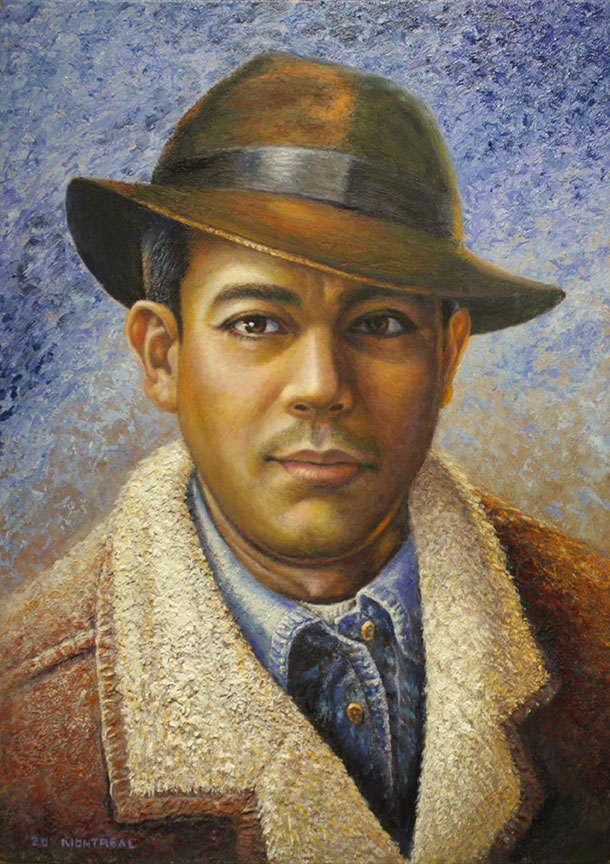

José Luis Colomer and Amalia Descalzo Dressing the Spanish in the European courts. Ángel Rodríguez Rebollo A double portrait by Antonio Ricci, Rob Smeets Old Master Paintings, Geneva, 2019, pp. Juan Agustín Ceán Bermúdez, Printing and Lithography of the Orphans, Madrid, 1894, Vol. Cipriano Muñóz y Manzano, Count of Viñaza Additions to the Historical Dictionary of the most illustrious professors.

Pérez Sánchez Baroque Painting in Spain, Cátedra, Madrid, 2010, p. Not only the posture and the space in which the sitter is inserted evoke this language, but also the clothing: the countess's jewel is inspired by the cabochon ruby, diamond and pearl that the Infanta inherited from Ana of Austria and which appears reproduced in numerous portraits, such as that of Caracca, which is in the Museo del Prado (P6184). The painter also used as a model the portraits of the Infanta Isabel Clara Eugenia (1556-1633) of his own production and those made by painters such as Juan Pantoja de la Cruz (1598-1599) and Giovanni Caracca (1591-1592). On many occasions, the aristocrats adopted the characteristic gestures of the royal portrait with the aim of showing themselves with greater poise. Iconographically the sitter is shown as a royal character, very common in noble portraits of this time. From her shoulders comes a white headdress that is attached at the waist with a jewel and a string of pearls. With a very pronounced neckline, the sitter shows an upward hairstyle collected with a network of pearls and flowers. She is presented in turn-of-the-century clothing, a black saya with round sleeves with lace-decorated tips and goldwork. Represented in three quarters, she rests with one hand on a monk's chair, while with the other hold a handkerchief The noblewoman is inserted on a background of curtains, which adds richness to the effigy. It is a courtly portrait, probably made on the occasion of the nuptials of the countess with the son of the Duke of Lerma in 1603. It must have been later when it left the ducal collection, and although the reason is unknown, it could have been due to one of the subsequent testamentary inheritances. Later, it was photographed between the years 1900-1914, this time forming part of the Infantado collection, but attributed to Alonso Sánchez Coello. Regarding its provenance, there is evidence of this painting in the Additions to the Cean Bermúdez Dictionary dated 1894 as part of the collection of the Dukes of Osuna.

With an incomparable mastery when it comes to treating the qualities in the painting, the materials for the jewelry and the textures of the clothing are reproduced to perfection. His painting is presented in a sweeter and more personal key than in some of his contemporaries. Together with him, between 15 numerous Italian painters arrived in Spain who shaped the Escorial style. He arrived in Spain in 1586 under the mandate of Federico Zuccaro (1542-1609) and is presumed to have collaborated on the frescoes in the Cloister of the Evangelists, in the Escorial Monastery. This canvas signed by Antonio Ricci, a painter who belonged to the generation of Escorial artists of the first third of the 17th century. Certain components of her clothing such as the lechuguilla collar and the absence of a washer with pendants indicate that it must have been made at the turn of the century, so it must be about Luisa de Mendoza y Mendoza, Countess of Saldaña when she was about twenty-one years old. This work, extensively studied by the researcher Ángel Rodríguez Rebollo, shares many similarities with the royal portrait of the dawn of the Spanish Golden Age. Dukes of Infantado Collection (attributed to Alonso Sánchez Coello), c.1900-1914. FA (arm of the chair) Measurements 134 x 100 cm Origin: - Gallery of the Dukes of Osuna, c.1882. 1635 Portrait of Doña Luisa de Mendoza y Mendoza, Countess of Saldaña.


 0 kommentar(er)
0 kommentar(er)
